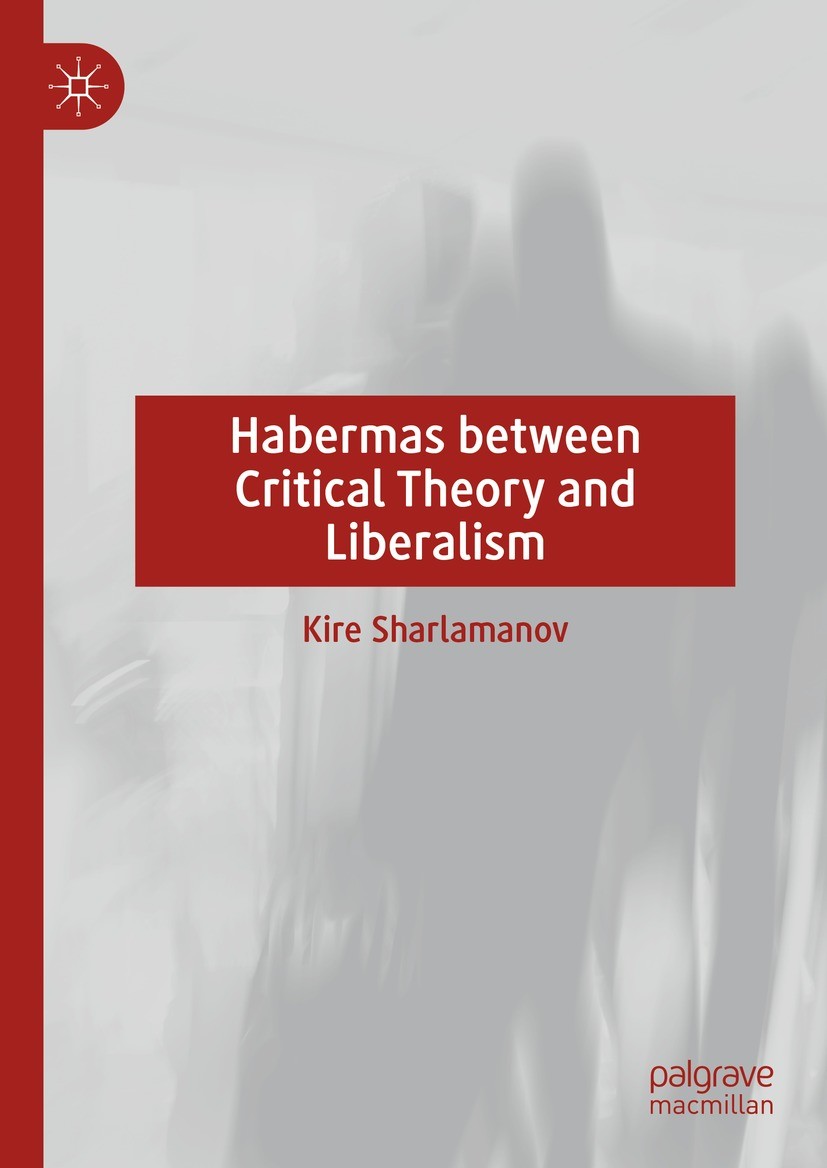| 书目名称 | Habermas between Critical Theory and Liberalism |
| 编辑 | Kire Sharlamanov |
| 视频video | http://file.papertrans.cn/421/420373/420373.mp4 |
| 概述 | Offers a fresh look at the thought of one of the most significant intellectuals in the last few decades.Examines Habermas‘s work within the framework of the influence of critical theory and liberalism |
| 图书封面 |  |
| 描述 | This book identifies the turning points in Habermas‘s work and his transition from one stage to another in the development of his theoretical oeuvre. Habermas began his academic career as part of the Frankfurt School, but the two key points at which his career changes trajectory are moving from historical materialism to normative idealism and playing with some of the ideas of liberalism. Normative idealism is an ahistorical theory that insists on the independence of the normative from material reality, severing the connection between base and superstructure that Marx wrote about. The break with the basic concepts of Marxism enabled Habermas to build his own discursive (critical) theory, which, especially since the end of the 1980s, takes the ideas of liberalism seriously. This book makes a systematic, multidimensional and detailed analysis of Habermas‘s theoretical oeuvre in two dimensions, chronological (in the order in which Habermas worked on certain topics) and thematic (enclosingcertain thematic units). |
| 出版日期 | Book 2024 |
| 关键词 | Habermas; Critical Theory; Liberalism; Public Sphere; Communicative Action; Discursive Ethics; Deliberativ |
| 版次 | 1 |
| doi | https://doi.org/10.1007/978-3-031-53938-1 |
| isbn_softcover | 978-3-031-53940-4 |
| isbn_ebook | 978-3-031-53938-1 |
| copyright | The Editor(s) (if applicable) and The Author(s), under exclusive license to Springer Nature Switzerl |
 |Archiver|手机版|小黑屋|
派博传思国际
( 京公网安备110108008328)
GMT+8, 2025-11-14 20:05
|Archiver|手机版|小黑屋|
派博传思国际
( 京公网安备110108008328)
GMT+8, 2025-11-14 20:05


